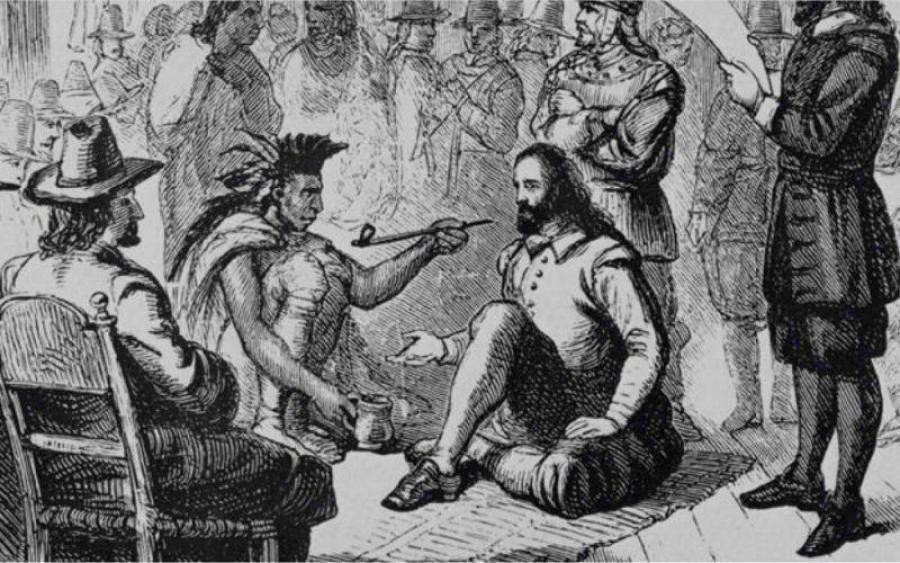Tobacco use has been documented for over 8,000 years.Tobacco cultivation likely began in 5000 BC with the development of maize-based agriculture in Central Mexico. Radiocarbon methods have established the remains of cultivated and wild tobacco in the High Rolls Cave in New Mexico from 1400 – 1000 BC. It was originally used by Native Americans in religious ceremonies and for medical purposes.
Early in tobacco’s history, it was used as a cure-all remedy, for dressing wounds, reducing pain, and even for tooth aches. In the late 15th century, Christopher Columbus was given tobacco as a gift from the Native Americans. It gained instant popularity in Europe, for they believed that tobacco had magical healing powers. Soon, the smoking of tobacco was promoted as a viable way to get your “daily dose of tobacco.”
By the early 17th century, scientists and philosophers were discovering the consequences that smoking tobacco had on their lives, including difficulty with breathing and trouble with quitting. In 1632, Massachusetts passed a state law making smoking in public illegal. This was the earliest legislation recorded regarding smoking. In 1760 Pierre Lorillard established the first company that processed tobacco to make cigars and snuff.
Today, 200 years later, P. Lorillard is the oldest tobacco company in U.S. history. As tobacco usage continued to grow, scientists began to study and further understand the chemicals in tobacco and the harmful health effects of smoking. It wasn’t until the 1900’s that cigarettes were made and sold as a major tobacco product in the U.S. In 1901, 3.5 billion cigarettes were sold in the U.S. and more and more tobacco companies were established, creating an entire industry that gained a lot of power. In 1964, the Surgeon General’s report on smoking tobacco was released, shining light on the serious health effects cigarettes were causing. This report also allowed the government to initiate the regulation of the production and sales of cigarettes.
In 1985, less than a century after cigarettes became popular, lung cancer became the number one cause of death in women. Rates for lung cancer were even higher than breast cancer at this time. Over the past 20 years, cigarettes have changed in many ways. Cigarettes now contain more harmful ingredients than before, and the tobacco industry has drastically increased their marketing strategies, targeting new and diverse populations, including children.

